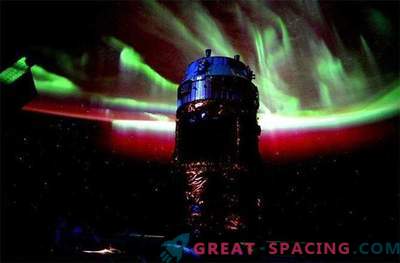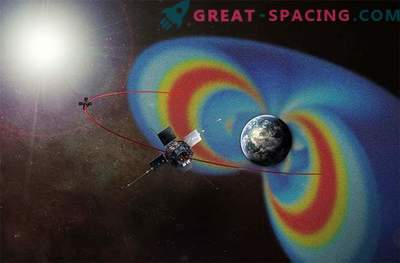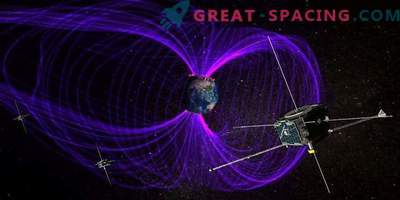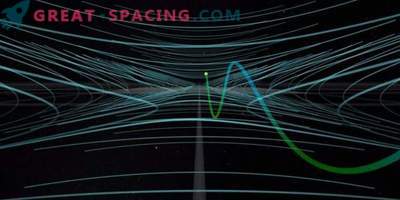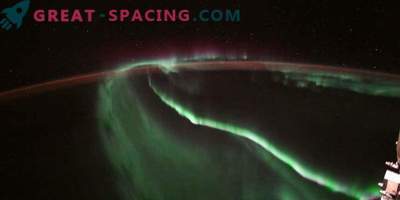
Aurora (northern and southern) - a natural manifestation of light in the earth's sky. Usually the lights are most noticeable at night. But sometimes these weak formations explode and are able to break up into separate bright features in the form of light flashes. This phenomenon is called “decay” or “explosion” of aurora.
Now Japanese scientists have been able to quantify how energetic such phenomena can be. With the help of advanced ground-based technologies and new space observations, they demonstrated the role of aurora decay in the ionization of the deep atmosphere.

Photo of the decay of aurora that occurred on June 30, 2017. The picture was mined at Seva station (Antarctica). On the left - 5 minutes before the collapse, and on the right - immediately after it.
The sun sends beams of charged particles to our planet. This plasma (solar wind) consists of electrons, protons and alpha particles. When the particles are in contact with the earth's magnetic field, the electric currents are transferred by electrons to our atmospheric layer. As a result, various color features form in the sky, known as auroras. But scientists had little information about how energetic electrons can be when these lights explode and create an amazing light show - aurora decays. For a long time it was believed that only electrons with a certain energy level are able to create such a rare phenomenon.
The new study reported that electrons of the radiation belt are involved in the decay (named for the location). Conclusions are based on a set of information related to new technologies and modeling.
The electrons of the radiation belt are released from the earth's magnetic belt and charge the mesosphere during the decay of auroras. Future studies are planning to understand how the electrons of the radiation belt are released during a short period of aurora decay. As a result, the researchers want to study exactly how the auroras and radiation belts contact.
